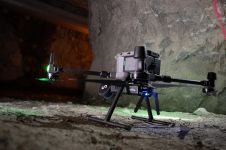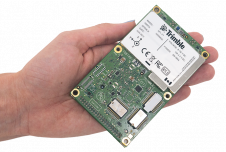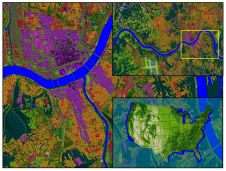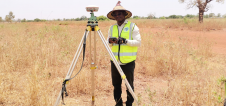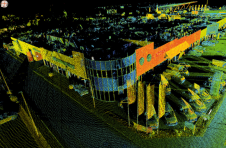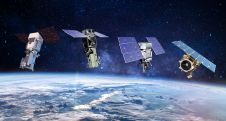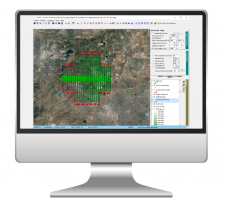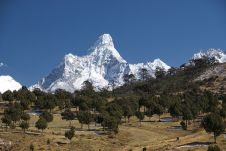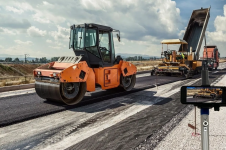What Surveyors Value Most about Their Geodata Acquisition Method
There are numerous software solutions available on the market for the photogrammetric processing of digital images and to generate 3D spatial data. Geoprofessionals can use thephotogrammetric softwareto create orthomosaics, point clouds and models. Some photogrammetric software solutions are suitable for large-format images fromaerial cameras and satellite processing, while others are especially developed for small and medium-format digital images acquired byunmanned aerial vehicles (UAVs or ‘drones’).ThePix4DandAgisoft PhotoScan softwaresolutions are currently out in front, but many geospatial professionals also mentionedInpho(Trimble),ContextCapture(Bentley),DroneDeploy,Photomod(Racurs),Correlator3D(SimActive) andSURE(nFrames) as their software of choice in a recent surveyconductedby 'GIM International'among mapping and surveying professionals.
The professionals were asked what they valued most about their chosen geodata acquisition method, and the answers will undoubtedly be of interest to providers of photogrammetric solutions. At the top of the list of priorities (Figure 2) is high accuracy (more than 65%), followed by spatial resolution/point density (just over 50%) and reliable processing software (33%). Other important aspects are the rapid availability of final products and a well-established workflow.
Factors affecting accuracy in photogrammetry
It is hardly surprising that accuracy is regarded as essential. However, accuracy is affected by several factors. PhotoModeler Technologies (also known as Eos Systems) published a relevant blog titled ‘Factors Affecting Accuracy in Photogrammetry’ analysing the various aspects of photogrammetric accuracy. According to the blog, high accuracy is related to photo resolution, camera calibration, angles, photo orientation quality, photo redundancy and targets/marking precision.
One particularly important aspect is knowledge of how to gather the best imagery. After all, of the various factors that affect the accuracy, the quality of the input imagery is crucial. Photogrammetric mapping companies are always working on optimising their solutions, but geospatial professionals themselves can also do a lot to improve the results. It may sound obvious, but high-quality inputs lead to high-quality outcomes.
Make your inbox more interesting.Add some geo.
Keep abreast of news, developments and technological advancement in the geomatics industry.
Sign up for free


